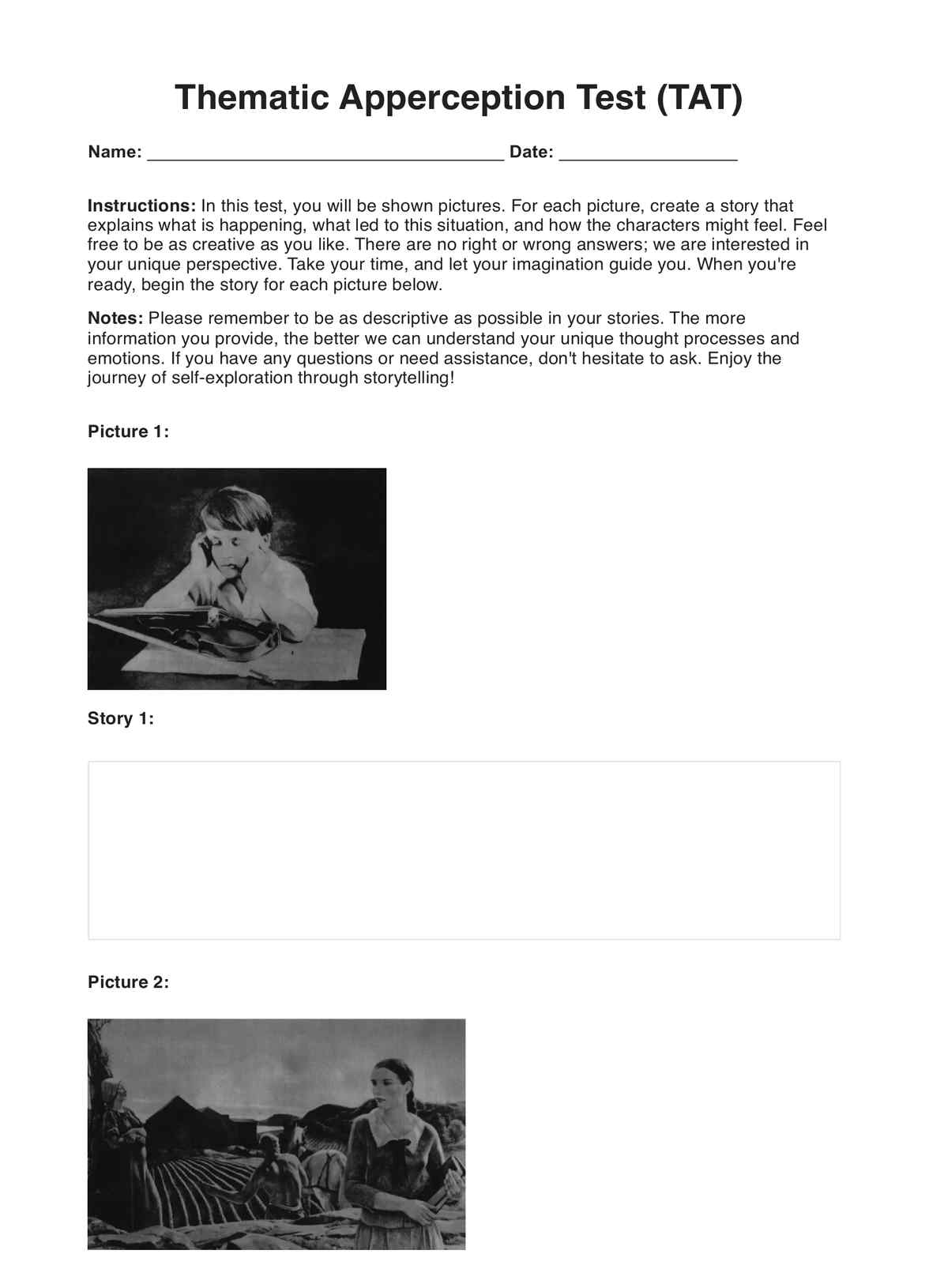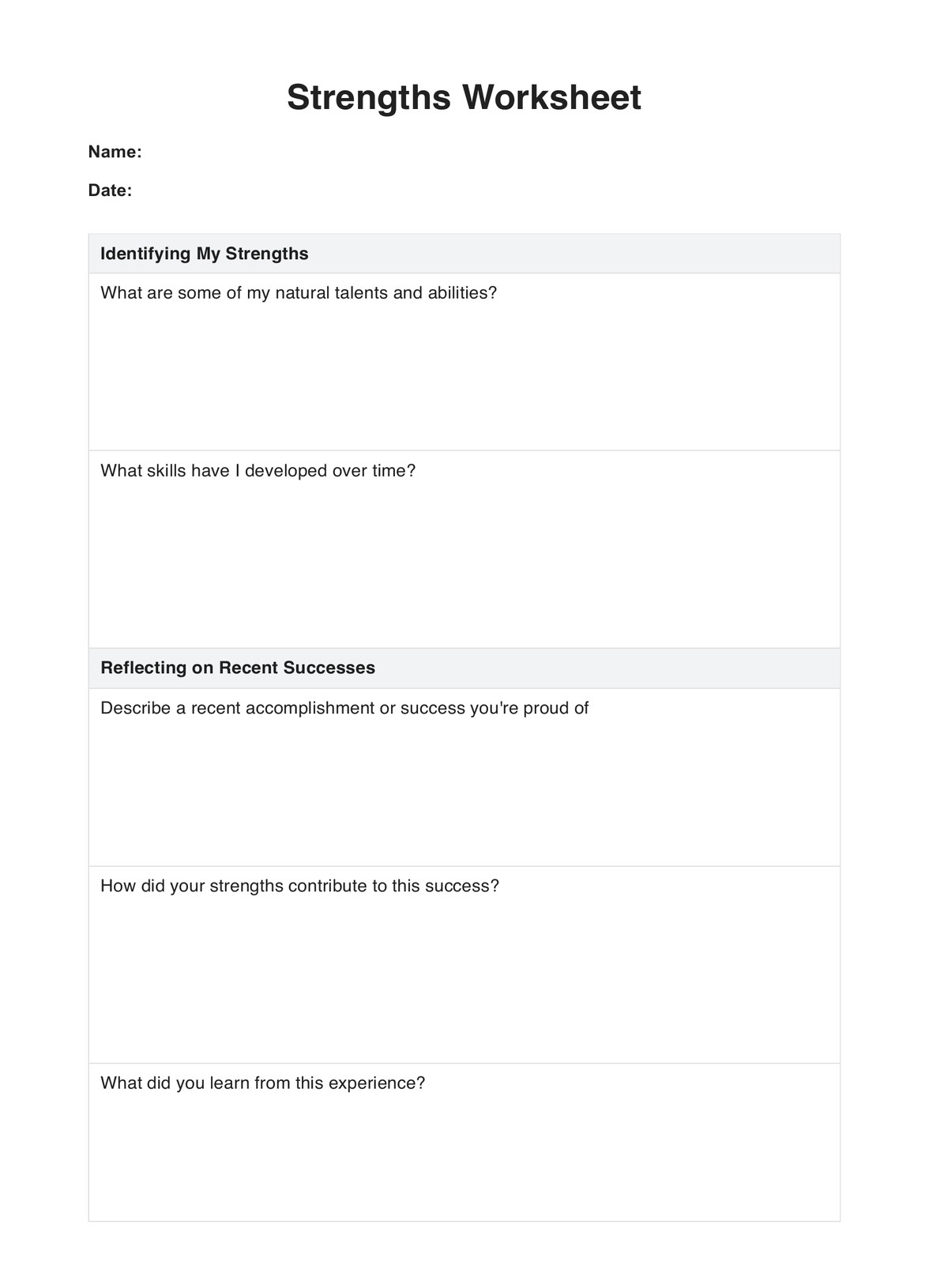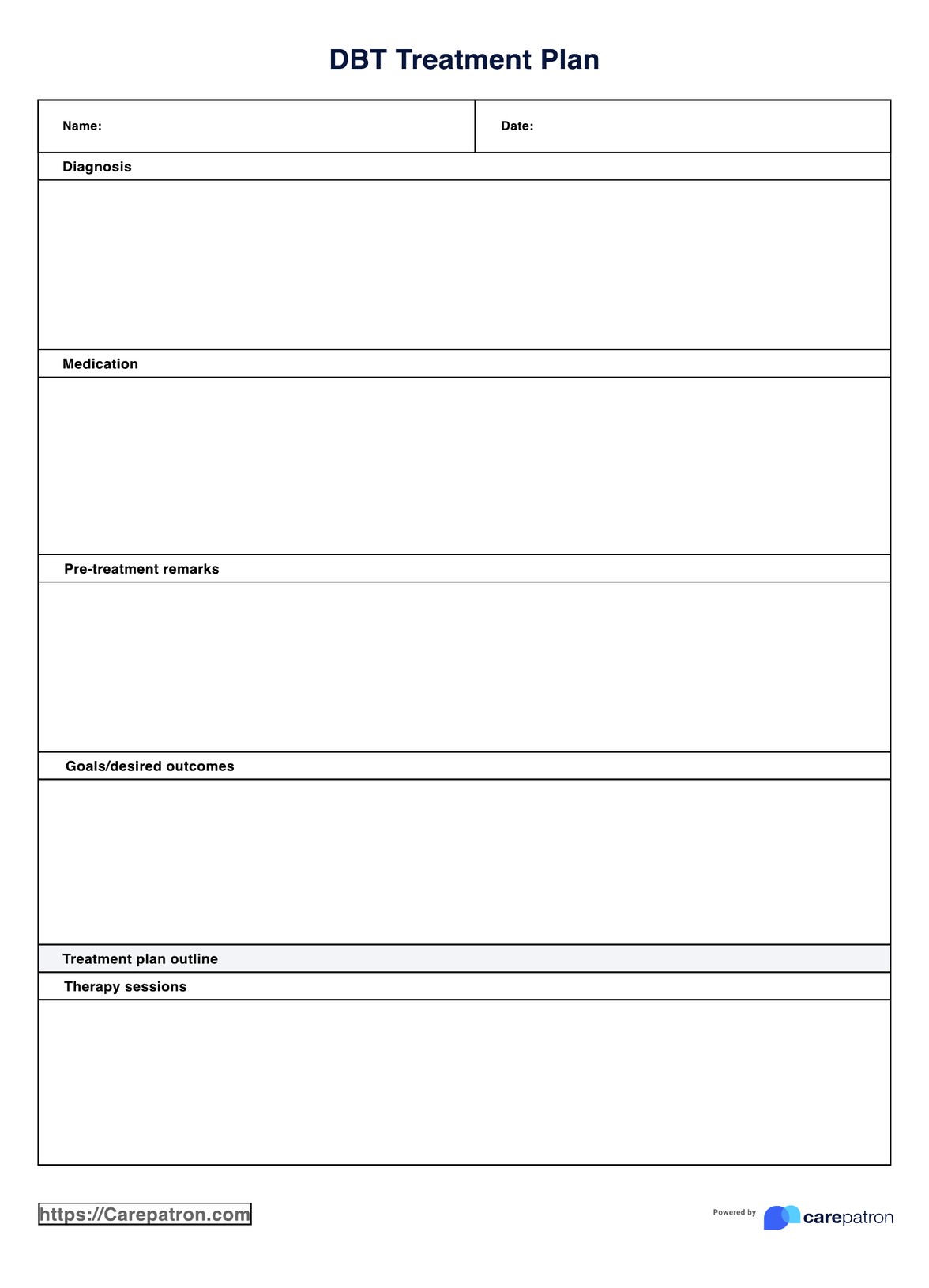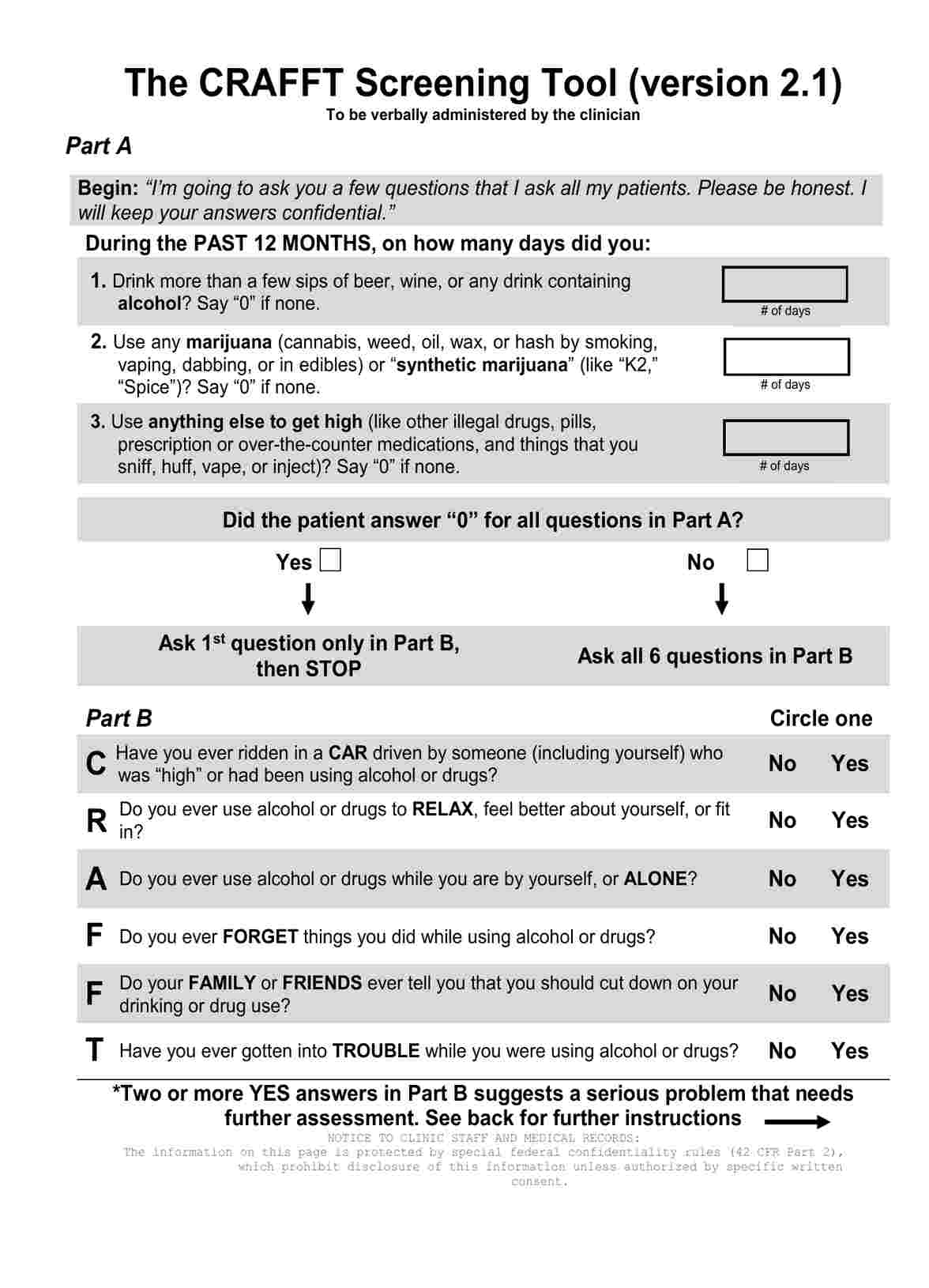Improving Your Emotions by Improving Your Health DBT Worksheet
Enhance well-being with the Improving Your Emotions by Improving Your Health DBT Worksheet. A structured approach to emotional balance.


What is Dialectical Behavior Therapy?
Dialectical Behavior Therapy (DBT) is a therapeutic approach developed by psychologist Dr. Marsha M. Linehan in the late 1980s. It combines principles of cognitive-behavioral therapy (CBT) with concepts from Eastern mindfulness practices to provide individuals with practical tools for managing intense emotions, improving interpersonal relationships, and enhancing overall emotional regulation.
DBT is particularly well-suited for individuals who struggle with intense and often overwhelming emotions and difficulties in controlling impulsive behaviors. It is commonly used to address conditions such as borderline personality disorder, self-harm behaviors, eating disorders, substance use disorders, and other mood disorders.
One of the core aspects of DBT is the concept of emotional regulation. This refers to recognizing, understanding, and managing one's emotions healthily and adaptively. DBT teaches individuals skills to identify and label emotions, tolerate distressing without resorting to destructive behaviors, and effectively regulate emotional responses. By using techniques such as mindfulness, individuals learn to observe their thoughts and emotions without judgment, allowing them to break the cycle of impulsive reactions.
Mindfulness, a central component of DBT, involves being fully present in the moment and accepting one's experiences without judgment. This practice encourages individuals to become more aware of their emotional triggers and thought patterns, enabling them to respond thoughtfully rather than impulsively.
To illustrate, DBT helps individuals navigate emotional impulses by teaching them to pause, observe their emotions without judgment, and choose a skillful response. This prevents impulsive actions that may lead to negative consequences. By incorporating mindfulness and cognitive-behavioral strategies, DBT empowers individuals to develop healthier coping mechanisms and build resilience in the face of emotional challenges.
To learn more about how electronic health records are used in and mental health treatment, you can visit Carepatron.
Improving Your Emotions by Improving Your Health DBT Worksheet Template
Improving Your Emotions by Improving Your Health DBT Worksheet Example
How to use the Improving Your Emotions by Improving Your Health DBT Worksheet
Download the Worksheet
Access the Improving Your Emotions by Improving Your Health DBT Worksheet from a reliable source or the designated platform.
Self-Assessment
Begin by self-assessing your current emotional state. Reflect on your emotions, mood, and any emotional challenges you're experiencing. Write down your observations.
Physical Health Assessment
Shift your focus to your physical health. Assess your lifestyle choices, including diet, exercise, sleep, and relaxation habits. Be honest about areas that need improvement.
Identify Connections
Examine the connections between your emotional well-being and physical health. Consider how certain habits or choices might affect your emotions positively or negatively.
Set Goals
Based on your assessment, set realistic goals for improving both your emotional well-being and physical health. These goals include incorporating regular exercise, adopting a balanced diet, practicing relaxation techniques, and ensuring adequate sleep.
Action Plan
Create a detailed action plan for achieving your set goals. Break down the steps needed to make sustainable changes in your lifestyle. Be specific about the strategies you'll implement.
Implement and Monitor
Start implementing your action plan. Keep track of your progress regularly. Monitor how changes in your physical health influence your emotional state and vice versa.
Adapt and Adjust
As you progress, be open to adapting your action plan if needed. If specific strategies are not yielding the expected results, adjust them accordingly.
Reflect and Celebrate
Periodically reflect on your journey. Celebrate the successes and positive changes you've achieved. Acknowledge the improvements in your emotional well-being resulting from your efforts to enhance your physical health.
Using the Improving Your Emotions by Improving Your Health DBT Worksheet empowers individuals to take a holistic approach to well-being, recognizing the profound impact of physical health on emotional stability. This worksheet fosters a healthier and more balanced life by systematically addressing both aspects.
When would you use this Improving Your Emotions by Improving Your Health DBT Worksheet?
Improving emotional well-being requires a holistic approach, considering life's physical and emotional aspects. The DBT Worksheet can help enhance emotional regulation by focusing on physical health. Here are some reasonable times to use this assessment:
- Beginning of Therapy: Mental health professionals can introduce this worksheet at the onset of therapy, helping clients understand the interconnection between emotions and physical health. It sets a foundation for a comprehensive treatment plan.
- Lifestyle Changes: When individuals desire to make positive lifestyle changes, such as managing stress, boosting mood, or increasing energy levels, the worksheet can guide them in adopting healthy habits that address emotional and physical well-being.
- Emotional Turbulence: During periods of emotional turmoil, such as anxiety, depression, or mood swings, this worksheet can assist individuals in identifying triggers and implementing strategies to stabilize emotions through improved health practices.
- Wellness Check-ins: Regular check-ins with therapists or healthcare providers can use this worksheet to track progress, discuss challenges, and fine-tune goals for better emotional and physical health.
- Chronic Health Conditions: Individuals with chronic health conditions that impact emotions, such as chronic pain or autoimmune disorders, can use the worksheet to manage their physical and emotional responses.
- Integrative Healthcare: Healthcare professionals, including psychologists, counselors, dietitians, and primary care physicians, can collaboratively use this worksheet to provide comprehensive care that addresses both mental and physical health aspects.
- Self-Care Initiatives: Individuals aiming to enhance their self-care routines can integrate the worksheet into their practices to ensure a well-rounded approach that supports emotional balance and overall vitality.
What are the benefits of this Improving Your Emotions by Improving Your Health DBT Worksheet?
The free Improving Your Emotions by Improving Your Health DBT Worksheet offers a structured and comprehensive approach to enhancing emotional well-being through a focus on physical health. Here are several key benefits of utilizing this worksheet:
Holistic Wellness Insights
The worksheet fosters a deep understanding of the intricate relationship between emotional and physical well-being. Research, such as studies conducted by Saeed et al. (2019), underscores that addressing both aspects leads to more robust and sustainable mental health outcomes. By recognizing the interplay between emotional experiences and physical health, users can make informed choices that contribute to overall well-being.
Personalized Approach
By guiding users through self-assessment and goal-setting, the worksheet allows for creating personalized strategies. Research by Dunn et al. (2018) demonstrates that interventions tailored to individual needs and preferences profoundly impact overall well-being. This customized approach acknowledges that each individual's emotional and physical journey is unique, leading to more effective and fulfilling outcomes.
Enhanced Emotional Regulation
The structured nature of the worksheet facilitates the acquisition of skills to manage emotional impulses more effectively. According to Linehan (2015), the founder of DBT, skills taught through this approach have been shown to significantly improve emotional regulation in various conditions, equipping individuals with valuable tools to navigate challenging emotions and situations.
Sustainable Habits
By assisting users in creating realistic and achievable action plans, the worksheet promotes the formation of sustainable habits. Research in behavioral psychology, such as the work of Prochaska et al. (1992), highlights the significance of gradual habit formation in achieving long-term success. The worksheet guides users to make incremental changes that are more likely to be maintained over time, leading to lasting improvements in emotional and physical well-being.
Empowerment and Engagement
The interactive nature of the worksheet encourages users to engage in their well-being journey actively. Studies by Van Voorhees et al. (2007) emphasize that active participation and engagement enhance treatment outcomes. By actively assessing their emotional and physical states, setting goals, and tracking progress, users gain a sense of empowerment over their health and emotional regulation, leading to a more active and positive approach to their well-being.
Comprehensive Care and Collaboration
Healthcare professionals, including psychologists, counselors, dietitians, and primary care physicians, can utilize this worksheet to offer integrative care that addresses mental and physical health. Collaborative efforts like these have been shown to improve patient outcomes, as highlighted by studies in integrated care models (Archer et al., 2012). This ensures that individuals receive a holistic approach to well-being that considers all aspects of their health.
By leveraging the free Improving Your Emotions by Improving Your Health DBT Worksheet, individuals and healthcare professionals can tap into its structured approach to achieve a balanced and thriving life supported by emotional resilience and physical vitality.
Commonly asked questions
The time it takes to complete the worksheet varies based on individual engagement and thoroughness. Generally, it can be completed within 30 minutes to an hour, allowing for thoughtful self-assessment and goal-setting.
This worksheet offers a structured approach to enhancing emotional well-being by addressing physical health. It guides individuals in recognizing connections between emotions and health habits, setting actionable goals, and fostering improved emotional regulation.
This worksheet is practical during emotional turbulence, when seeking to make lifestyle changes, when starting therapy, or during wellness check-ins. It's beneficial whenever individuals aim to align emotional and physical well-being.
This worksheet suits anyone looking to improve their emotional well-being and overall health. It's precious for individuals participating in therapy, wellness initiatives, or those seeking a comprehensive approach to well-being.


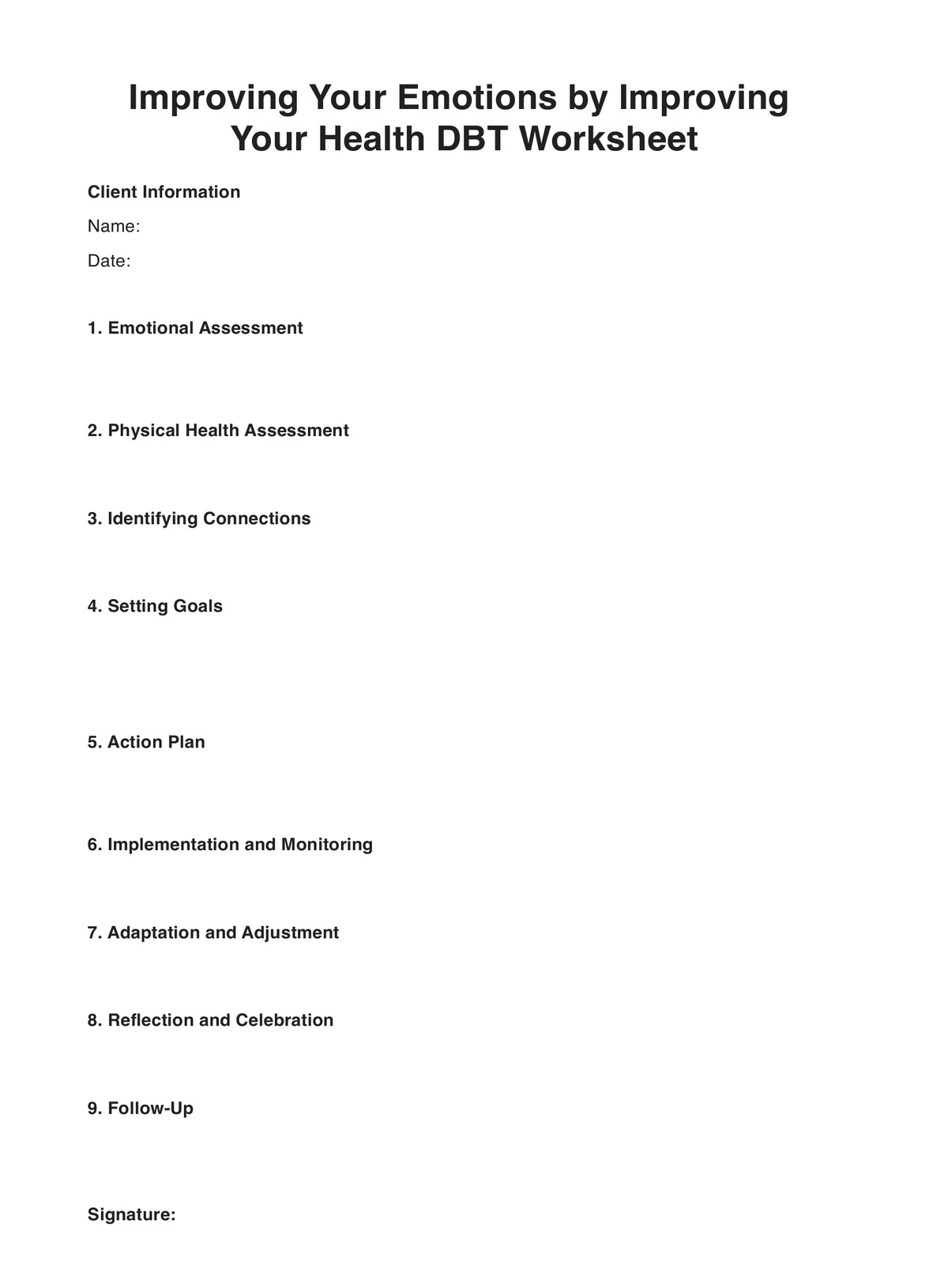
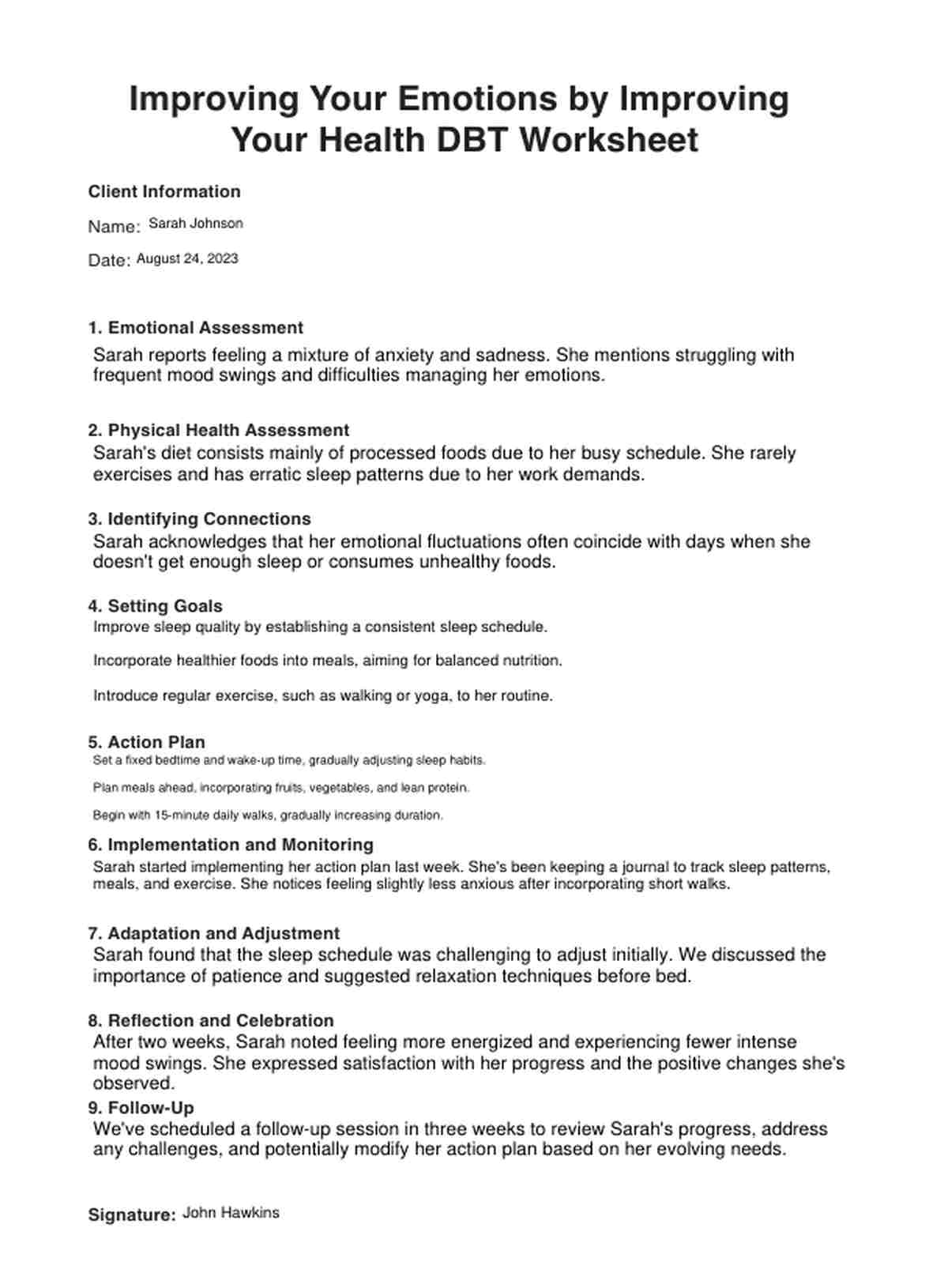

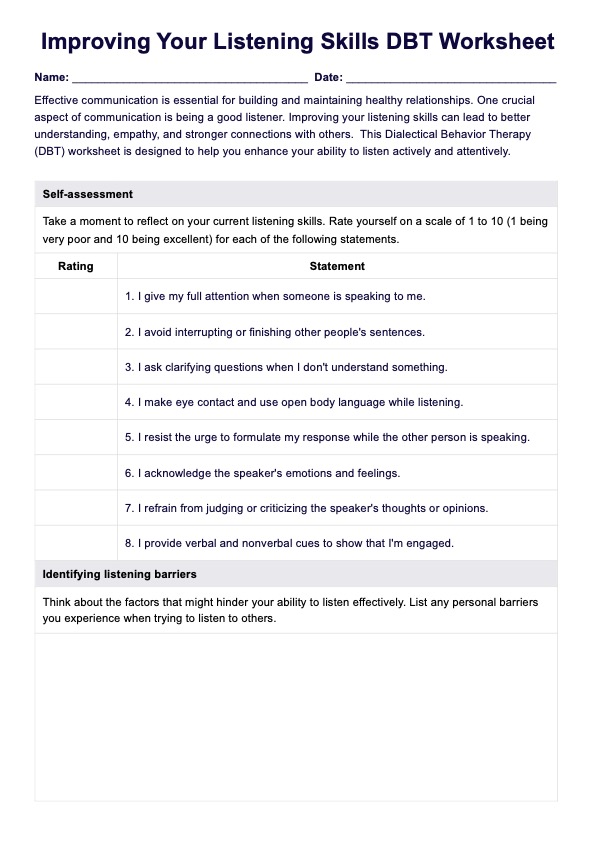














-template.jpg)





















































































